Choosing suitable materials for solar panel mounts is crucial to ensure long-lasting performance and durability. Galvalume and galvanised steel are popular due to their corrosion resistance and durability. Coated with zinc, galvanised steel provides excellent protection against corrosion, making it suitable for mounting structures, racking systems, and support frames in outdoor environments. It is also cost-effective and readily available. However, if you're looking for enhanced corrosion resistance, particularly in areas with high humidity or salt spray, Galvalume may be a better option. It surpasses galvanised steel in longevity and resistance to corrosion, making it the preferred choice for harsh environments prone to corrosion. Cost, corrosion resistance, environmental conditions, and longevity should be considered when choosing between the two. This information helps you make an informed decision about which material best suits your needs and requirements.
Steel solar panel mounting structures are commonly used in industries to mount solar structures or machinery securely. These frames typically have several parts designed to provide stability, support, and durability. Here are some of the standard components found in steel solar panel mounting structures:
Base plate: the base plate is the foundation of the mounting frame, providing stability and support. It is usually a flat, rectangular steel plate bolted or welded to the ground or a concrete foundation.
Uprights/columns: these are vertical steel beams or columns that rise from the base plate and provide the main support structure for the frame. They can vary in size and shape depending on the application's specific requirements.
Cross beams/braces: cross beams or braces are horizontal steel members that connect the uprights or columns, adding strength and rigidity to the frame. They help distribute the load evenly and prevent lateral movement.

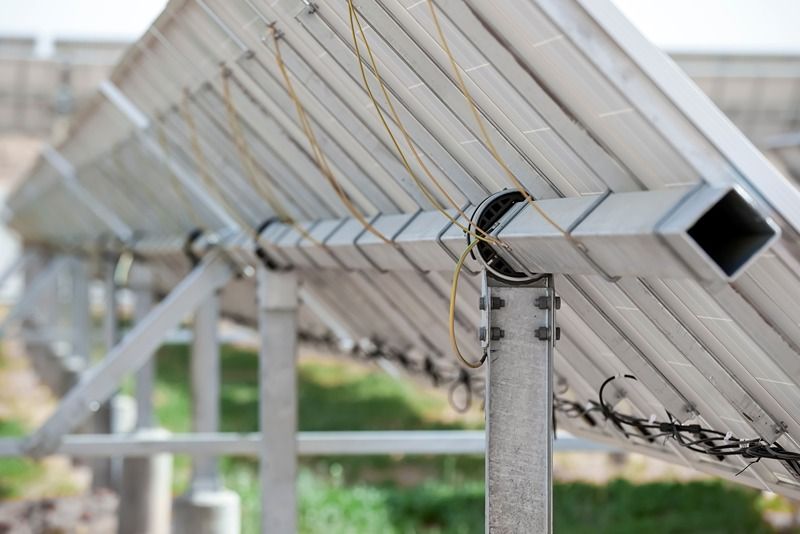
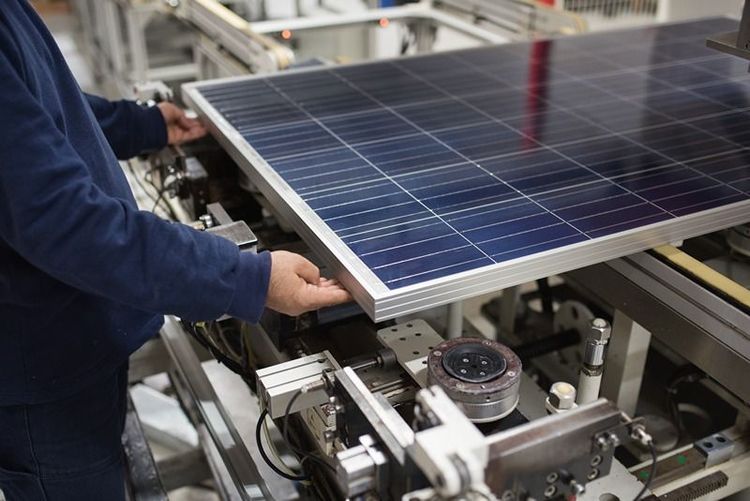
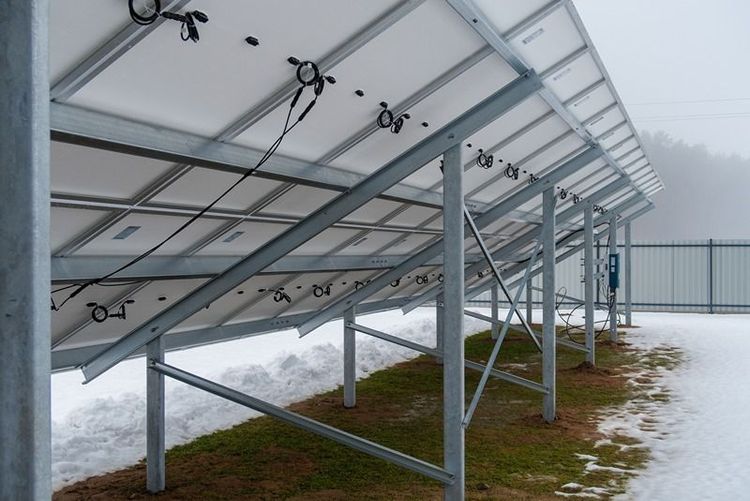
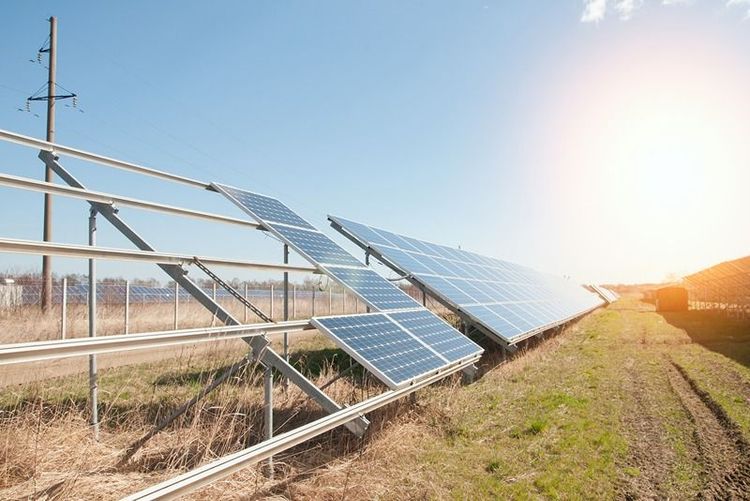

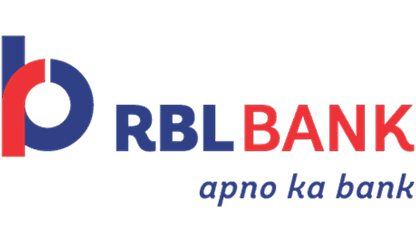
 +91 7208055523
+91 7208055523
 Help & support
Help & support
